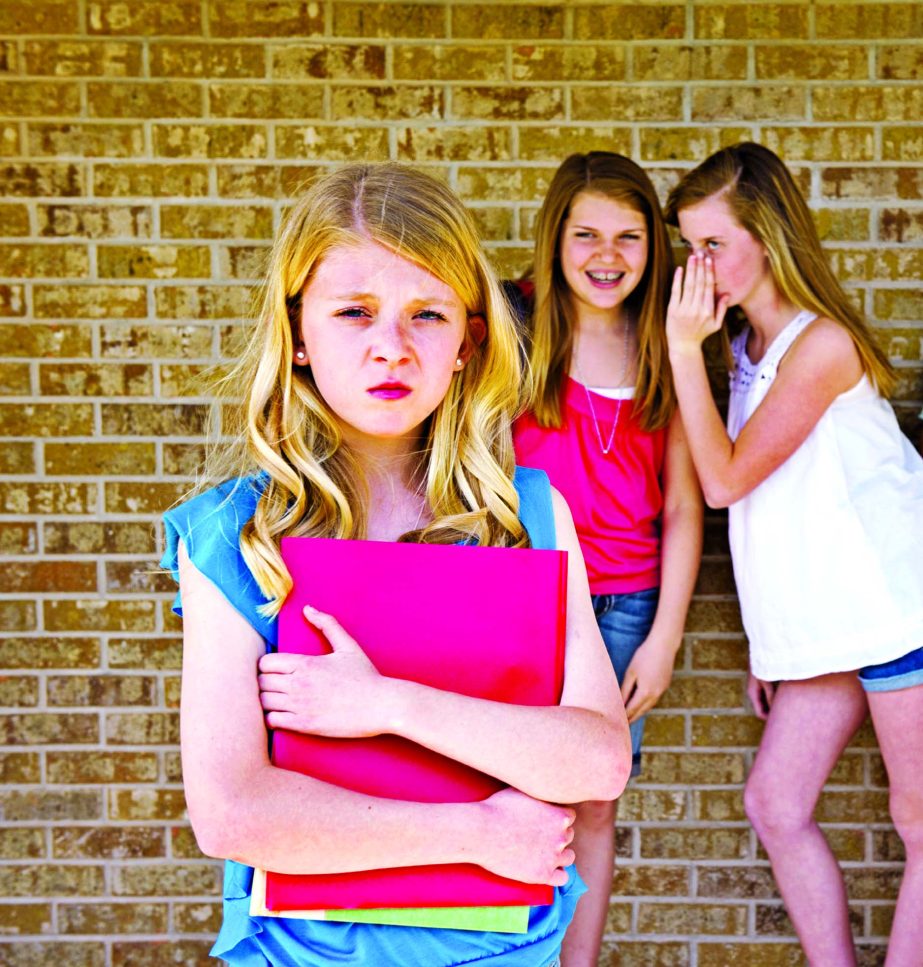
Weekend Plus Desk :
Children with disabilities are victimised by bullying at a much higher rate than their peers without disabilities, reveals a researcher and bullying expert from University of Missouri.
The article has been published in Exceptional Children journal. The study also revealed that this discrepancy in victimisation and bullying perpetration rates remains consistent as children age.
Chad Rose, an assistant professor of special education in the MU College of Education, says this indicates that children with disabilities are not developing adequate social skills to combat bullying as they mature.
“This study points out the necessity for special education programs to teach appropriate response skills to children with disabilities,” Rose said. She also added, “Schools need to further develop these programs by tailoring social development goals for each individual student to ensure they are learning the social skills that will help them prevent bullying from occurring.”
Prior research has shown that children with disabilities when bullied, may react aggressively when they lack appropriate response skills. Teaching these students how to communicate more effectively with their peers and with teachers can help them react to bullying in more positive ways, as well as prevent it from occurring at all.
Over the course of three years, more than 6,500 children from grades 3-12 were surveyed about their experiences with bullying; 16 percent of the children surveyed had disabilities, specifically learning disabilities, emotional disabilities and autism spectrum disorders.
Rose and Nicholas Gage, an assistant professor from the University of Florida, found that bullying rates across the board peaked in third grade, were reduced drastically in middle school and then rose again during high school. However, while mirroring this trend, bullying rates for children with disabilities remained consistently higher than those without disabilities.
“Studying how individual children are victimised by bullying over time has revealed that children with disabilities are not learning how to effectively respond to victimisation,” Rose said. “As children continued to mature, we expected to see that they would slowly develop social skills that would help them combat victimisation and close the gap with children without disabilities, but that was not the case.” n
Children with disabilities are victimised by bullying at a much higher rate than their peers without disabilities, reveals a researcher and bullying expert from University of Missouri.
The article has been published in Exceptional Children journal. The study also revealed that this discrepancy in victimisation and bullying perpetration rates remains consistent as children age.
Chad Rose, an assistant professor of special education in the MU College of Education, says this indicates that children with disabilities are not developing adequate social skills to combat bullying as they mature.
“This study points out the necessity for special education programs to teach appropriate response skills to children with disabilities,” Rose said. She also added, “Schools need to further develop these programs by tailoring social development goals for each individual student to ensure they are learning the social skills that will help them prevent bullying from occurring.”
Prior research has shown that children with disabilities when bullied, may react aggressively when they lack appropriate response skills. Teaching these students how to communicate more effectively with their peers and with teachers can help them react to bullying in more positive ways, as well as prevent it from occurring at all.
Over the course of three years, more than 6,500 children from grades 3-12 were surveyed about their experiences with bullying; 16 percent of the children surveyed had disabilities, specifically learning disabilities, emotional disabilities and autism spectrum disorders.
Rose and Nicholas Gage, an assistant professor from the University of Florida, found that bullying rates across the board peaked in third grade, were reduced drastically in middle school and then rose again during high school. However, while mirroring this trend, bullying rates for children with disabilities remained consistently higher than those without disabilities.
“Studying how individual children are victimised by bullying over time has revealed that children with disabilities are not learning how to effectively respond to victimisation,” Rose said. “As children continued to mature, we expected to see that they would slowly develop social skills that would help them combat victimisation and close the gap with children without disabilities, but that was not the case.” n

